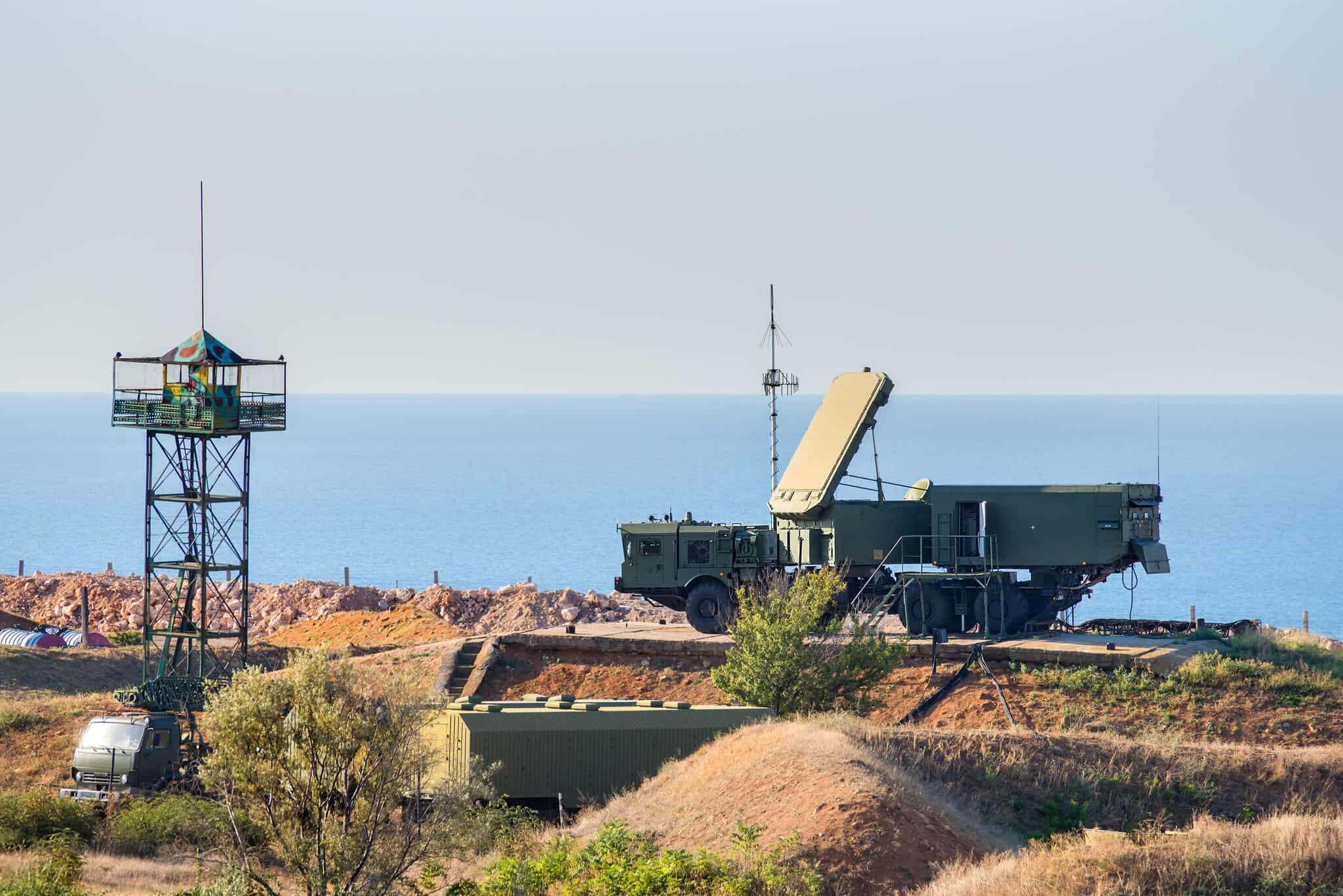The emergence of fifth-generation fighter jets, particularly the F-35 Lightning II, has significantly altered the dynamics of modern aerial warfare. As nations invest in advanced military technologies, understanding the interactions between these systems becomes crucial. A prominent example is the challenge faced by Russia’s S-400 surface-to-air missile system in tracking the stealthy F-35 aircraft.
Understanding the F-35’s Stealth Technology
The F-35, developed by Lockheed Martin, incorporates advanced stealth technology designed to reduce its radar cross-section and enhance its survivability against advanced air defense systems. The aircraft employs a range of features, including geometric shaping, radar-absorbent materials, and advanced electronic warfare capabilities. These innovations enable the F-35 to operate effectively in contested environments, making it difficult for traditional radar systems to detect and track it.
The S-400: A Powerful Air Defense System
The S-400 Triumf, developed by Almaz-Antey, is a sophisticated surface-to-air missile system that boasts a range of capabilities, including the ability to engage various aerial threats such as aircraft, drones, and ballistic missiles. It features innovative radar systems and can track multiple targets simultaneously. However, the effectiveness of the S-400 against stealth aircraft like the F-35 is a topic of ongoing debate among military analysts and strategists.
Challenges of Detection
The core of the challenge lies in the inherent characteristics of the F-35’s stealth technology, which complicates the S-400’s ability to reliably detect and track it. The S-400 employs a combination of radar systems, including the 91N6E radar, which operates in different frequencies to track aerial targets. While it is designed to detect various types of aircraft, including low-observable targets, its effectiveness is diminished against the F-35. Analysts argue that the S-400’s reliance on traditional radar systems may not suffice to counter the advanced evasion techniques employed by stealth aircraft.
Strategic Implications
The difficulties of tracking F-35s with S-400 systems extend beyond technical specifications; they have strategic implications as well. Countries that operate the F-35, such as the United States and its allies, position their advanced fighter jets as key components of their overall air superiority strategies. In contrast, nations employing the S-400, such as Turkey and India, seek to enhance their air defense capabilities in regions with complex security landscapes.
The perception of the S-400’s effectiveness against stealth fighters could influence military planning and alliance dynamics, as nations reassess their defense strategies in the face of evolving aerial threats. This remains a focal point for discussions around military balance in hotspots like Eastern Europe and the Asia-Pacific region.
Conclusion
The challenge of tracking the F-35 with the S-400 system encapsulates a broader narrative about the evolution of military technology in the 21st century. As countries navigate the complexities of modern warfare, the disparities between advanced stealth platforms and traditional air defense systems underscore the necessity for continuous innovation and adaptation in military strategy. Understanding these dynamics is essential for strategic decision-makers as they prepare for an increasingly contested and multi-dimensional battlefield.
Enhancing Your Knowledge and Strategic Awareness in Modern Warfare
The evolving landscape of military technology, especially with the emergence of fifth-generation fighter jets like the F-35 Lightning II and advanced systems such as the S-400, presents numerous lessons and insights for enthusiasts and professionals alike. Here are some valuable tips, life hacks, and interesting facts to deepen your understanding of aerial warfare and its implications.
Stay Informed About Military Innovations
To gain a solid grasp of modern warfare dynamics, keep up-to-date with the latest military technology advancements. Subscribe to reputable defense newsletters, follow defense industry blogs, and engage with online forums where military technology enthusiasts discuss the latest trends. Some excellent resources include sites like defense.gov and military.com.
Understand the Importance of Stealth Technology
Stealth technology is not just a military buzzword; understanding its principles can enhance your appreciation for modern aircraft design. Learn about how geometric shaping, radar-absorbent materials, and electronic countermeasures work to minimize an aircraft’s radar signature. Informative articles can shed light on these concepts and their real-world applications.
Analysis of Air Defense Systems
Investigate the strengths and weaknesses of various air defense systems, particularly how they perform against stealth aircraft. The S-400 is a case study in itself; by examining its capabilities and limitations, you can better understand the challenges that defenders face in an age of advanced aerial technologies. Consider exploring resources on air defense strategies at defensenews.com.
Participate in Simulations or Strategy Games
Engage with strategy games or simulations that model aerial combat scenarios. These platforms often incorporate realistic physics and tactical decision-making, providing insights into how different aircraft and air defense systems operate. Look for games with military themes that allow you to experiment with tactics involving the F-35 and S-400.
Follow Military Analysts and Think Tanks
Insights from military analysts can provide valuable context to the ongoing debate surrounding aerial warfare. Following reputable think tanks and analysts on social media platforms can offer perspectives on future defense trends and military strategies. Institutions like the RAND Corporation and the Center for Strategic and International Studies regularly publish reports that analyze current trends in military capabilities.
Explore Historical Context
Understanding the history of aerial warfare can give you insights into how these technologies came to be and how they will evolve. Books and documentaries covering major conflicts that showcase air power, such as World War II and the Gulf War, are excellent resources for contextual learning.
Engage in Thoughtful Discussions
Joining online communities focused on military strategy allows you to engage in discussions with people who share similar interests. Platforms like Reddit have subreddits dedicated to military history and technology where you can ask questions, share knowledge, and gain different perspectives.
Conclusion
The interplay between advanced fighter jets like the F-35 and sophisticated air defense systems such as the S-400 reflects significant changes in military strategy and technology. By arming yourself with knowledge and engaging with the defense community, you can develop a nuanced understanding of these systems and their strategic implications. Continuous learning and dialogue will prepare you for the future of military innovation and the complexities of modern warfare.
The article has been updated: 2024-10-30 23:46
Here are some suggested related links for the post titled “The Challenge of Tracking the F-35 with the S-400 System”:
1. Defense News – A leading source for defense news and analysis, covering developments in military technology, including the F-35 and S-400 systems.
2. Jane’s Information Group – Provides comprehensive information on defense and security sectors, offering insights into various military systems and their capabilities.
3. Military.com – A resource for military news, veteran information, and defense industry insights, including articles on advanced fighter jets and missile defense systems.
4. Stratfor – A geopolitical intelligence platform that analyzes military and security issues, offering expert insights on the implications of systems like the F-35 and S-400.
5. Think Defence – A blog focused on defense and military topics, including detailed discussions on tracking technologies and missile systems.
6. Army Times – News and analysis covering the U.S. Army and defense operations, including articles on air power and missile defense capabilities.
7. U.S. Department of Defense – Official site for the U.S. Department of Defense, providing news and updates on military programs, including the F-35 fighter jet.
8. Arms Trade – Offers reporting and analysis on arms and technology, examining the dynamics between various military systems, including the F-35 and S-400.
These links can provide additional context and information related to the topic of tracking the F-35 with the S-400 system.
The article has been updated: 2024-11-01 19:00
What are the key challenges of tracking the F-35 stealth fighter with the S-400 missile system?
The key challenges of tracking the F-35 stealth fighter with the S-400 missile system primarily revolve around the F-35’s advanced stealth technologies. The F-35 is designed to minimize its radar cross-section, making it significantly harder for radar systems, including the S-400, to detect and track it effectively. Additionally, the F-35 utilizes advanced electronic warfare capabilities, which can disrupt or jam the radar signals used by the S-400. The S-400 system, while sophisticated, was not specifically designed to counter stealth technology, thus creating difficulties in accurately identifying and engaging the F-35 in combat scenarios. To overcome these challenges, operators of the S-400 may need to utilize a combination of supplementary sensors and intelligence-gathering methods, which can complicate the engagement process and require a more integrated defense approach.







